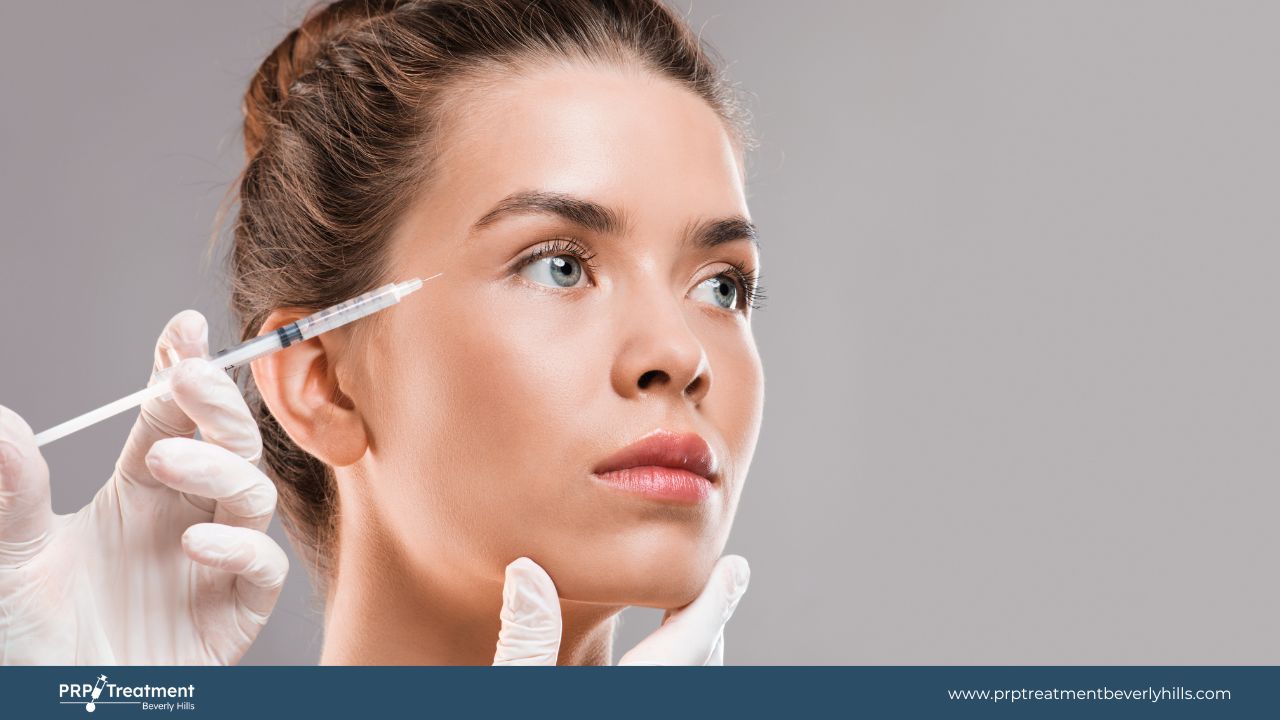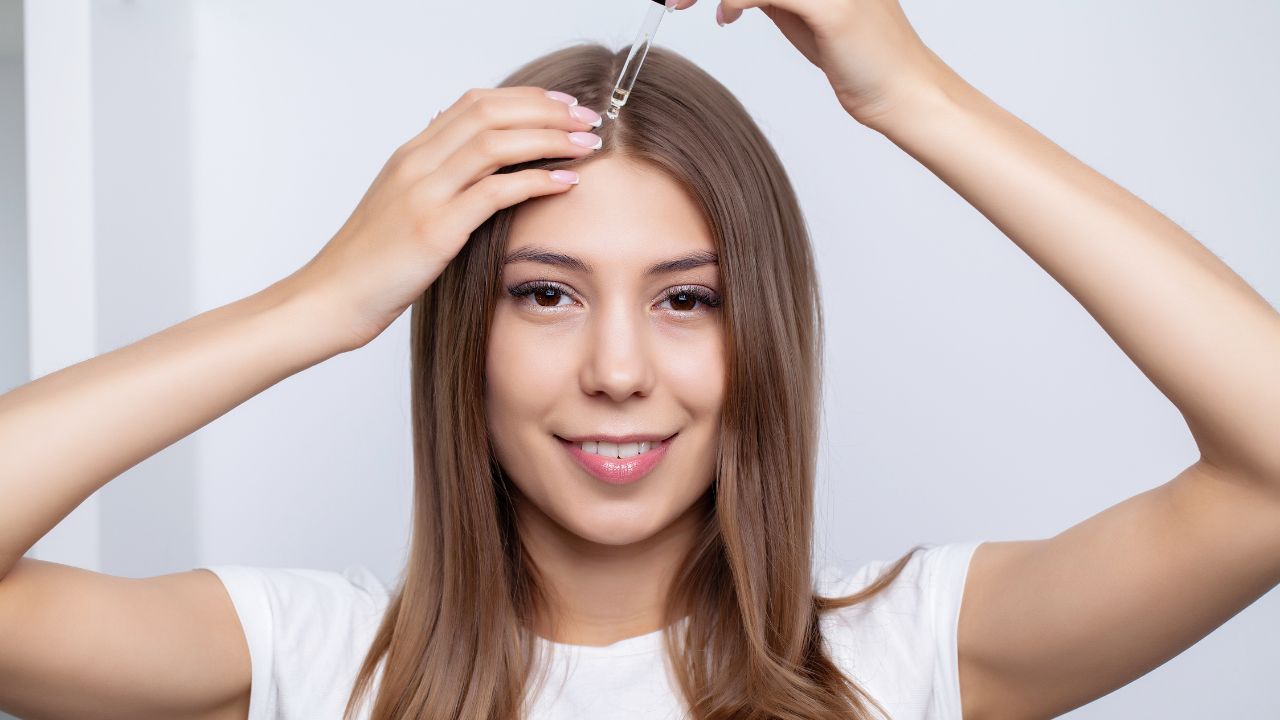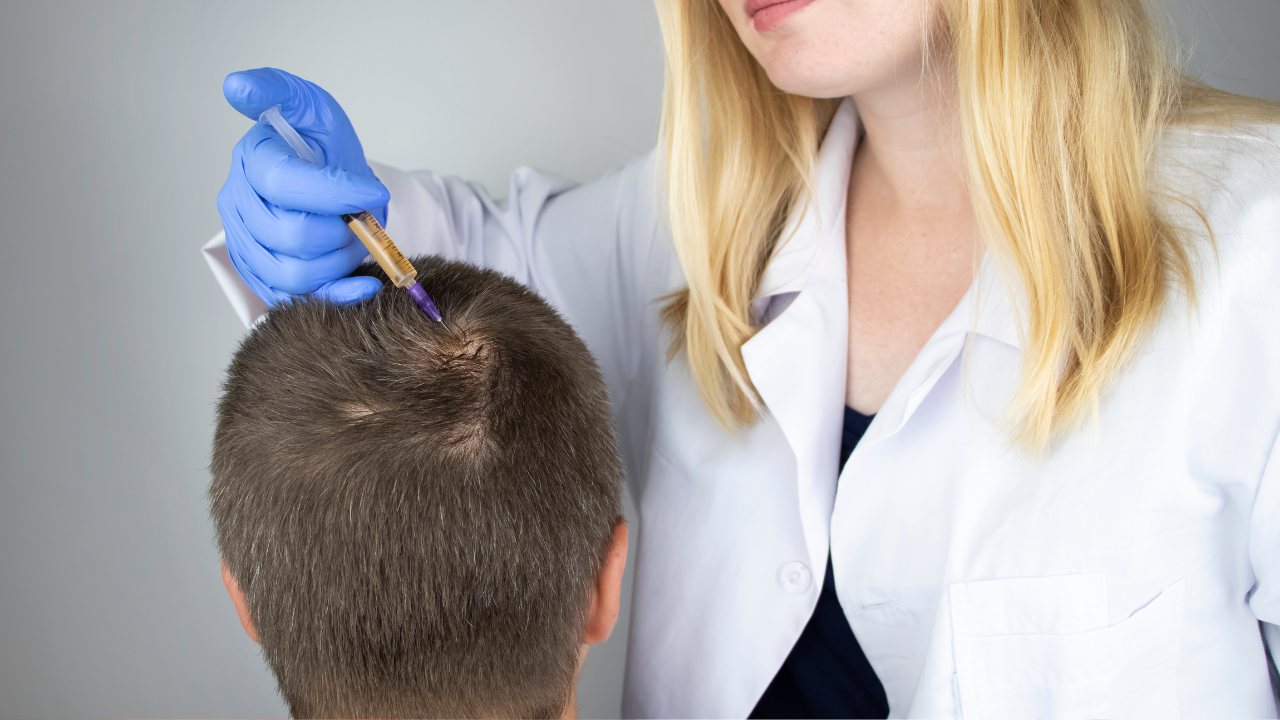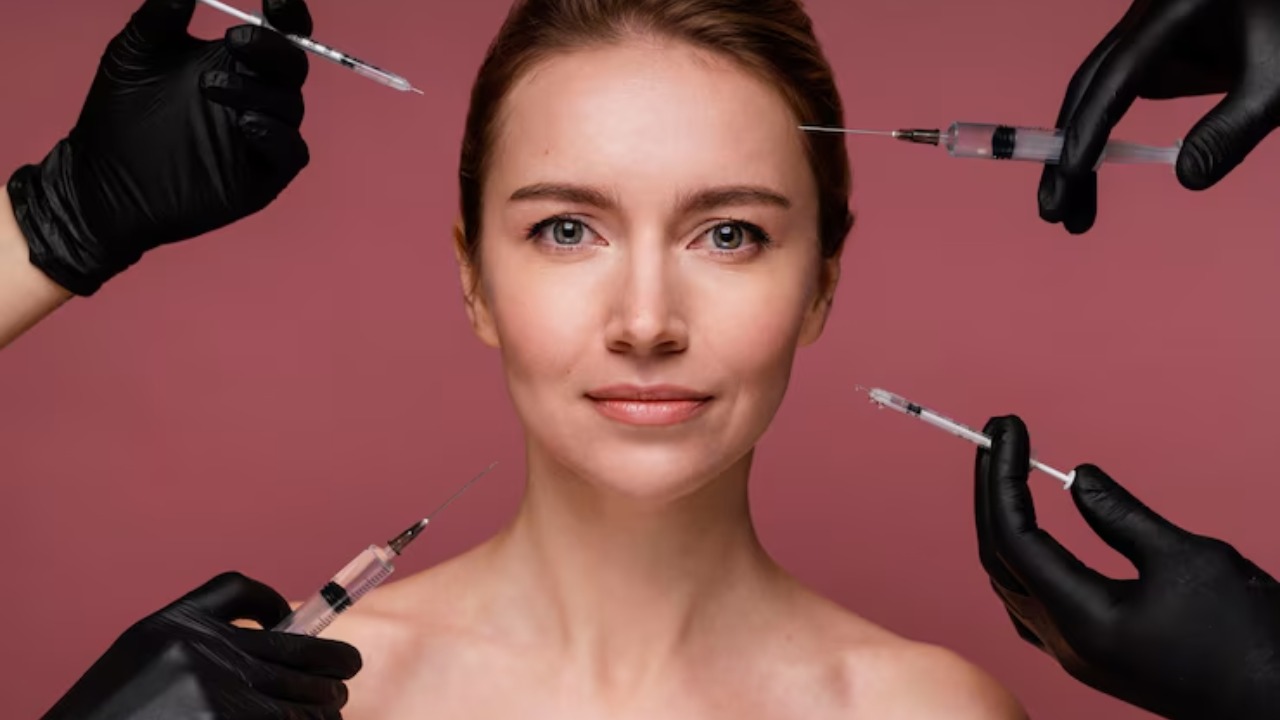PRP (platelet-rich plasma) and Botox are both popular cosmetic treatments that can improve the appearance of specific skin concerns. PRP is a procedure that involves using a device with fine needles to create controlled injuries to the skin. At the same time, Botox is a prescription medication injected into the muscles to improve wrinkles’ appearance temporarily.
While both treatments have their unique benefits and drawbacks, it is essential to understand their differences to decide which treatment best suits your individual needs and goals.
This article will compare PRP and Botox, including how they work, their potential benefits and risks, and their suitability for different skin concerns.
What Are The Differences Between PRP vs Botox?
PRP and Botox have unique benefits and drawbacks; the most appropriate option depends on the individual’s specific needs and goals. Discussing your concerns and goals with a qualified healthcare provider like Dr. David Nazarian before undergoing any treatment is always a good idea.
Some critical differences between PRP and Botox include the following:
Procedure
PRP is a procedure that involves microneedling and the application of PRP to the skin, while Botox is an injection of prescription medication into the muscles.
Results
The effects of PRP may last longer than those of Botox, but the results of both procedures may vary from person to person.
Range of treatment
PRP can be used to treat a wider range of skin concerns than Botox, specifically used to improve the appearance of wrinkles.
Natural-looking results
Because PRP is derived from the patient’s blood, the procedure’s results may look more natural than Botox’s.
PRP is typically used to improve the appearance of particular skin concerns, such as fine lines and wrinkles, acne scarring, and uneven skin tone. It may also stimulate the production of collagen and elastin, which can help improve the skin’s overall appearance.
Botox is a prescription medication injected into the muscles to improve wrinkles’ appearance temporarily. It works by blocking the nerve impulses that cause muscles to contract, which helps to relax the muscles and smooth out the appearance of wrinkles.

What Are the Advantages of Microneedling With PRP Over Botox?
Microneedling with platelet-rich plasma (PRP) is a very organic approach to facial rejuvenation because it uses the body’s innate healing mechanisms and the patient’s blood supply. It is also an allergy-free therapeutic option. This is because PRP is derived from the patient’s body, while Botox is synthetic and hence not.
Some advantages of microneedling with PRP over Botox include the following:
- Longer lasting results: The effects of microneedling with PRP may last longer than that of Botox.
- Natural-looking results: Because PRP is derived from the patient’s blood, the procedure’s results may look more natural than Botox’s.
- Can be used on a wider range of skin concerns: Microneedling with PRP can be used to treat a wider range of skin concerns than Botox, specifically used to improve the appearance of wrinkles.
PRP works well on any skin type and rarely causes any adverse reactions. Botulinum toxin can have unwanted side effects, such as a frozen appearance or drooping eyelids; however, these are not concerns for patients receiving Dysport.
At what age should you not get Botox?
The safety and effectiveness of Botox in younger individuals have not been established, and it is not generally recommended for use in people under the age of 18.
The best age to start receiving Botox injections will depend on individual factors, such as the presence and severity of wrinkles, the individual’s skin type, and their overall goals and concerns.
It is also important to note that Botox is not a permanent solution for wrinkles, and its effects typically wear off over time. You may need repeated treatments to maintain the desired results.
What happens if you stop using Botox?
If you stop using Botox, the muscles treated with the medication will gradually return to their regular activity, and the wrinkles that were improved by the treatment will gradually reappear.
The exact timing of this process will depend on individual factors, such as the strength of the muscles, the severity of the wrinkles, and the individual’s response to the treatment.
Who shouldn’t get Botox?
It is generally not recommended for people who:
Are pregnant or nursing

The safety of Botox for pregnant or nursing women has not been established, and it is generally not recommended for use in these individuals.
Have a skin infection or inflammation at the injection site
Botox should not be injected into an area of the skin that is infected or inflamed, as this may increase the risk of complications.
Have an allergy to any of the ingredients in the medication
Botox contains several ingredients, and people allergic to these should not receive the treatment.
Have a neuromuscular disorder
People with certain neuromuscular disorders, such as myasthenia gravis or Lambert-Eaton syndrome, may be at increased risk of experiencing side effects from Botox.
Can You Have PRP After Botox?
Yes, it is generally safe to have PRP (platelet-rich plasma) treatment after receiving Botox injections. PRP is a cosmetic procedure that involves using a device with fine needles to create controlled injuries to the skin.
The procedure is typically performed by a trained medical professional, such as a dermatologist or plastic surgeon. It is generally recommended to wait at least two weeks after receiving Botox injections before having PRP treatment.
Conclusion
The benefits of PRP may persist longer than Botox’s and are likely to be safer and more natural. In comparison to Botox, the rejuvenating effects of a course of PRP treatments can last as long as 18 months.
Therefore, PRP may be a less expensive and quicker alternative for facial rejuvenation.
Contact our Los Angeles office right away to set up a consultation with Dr. David Nazarian and learn more about the safe, natural, and highly efficient PRP face rejuvenation procedure.





